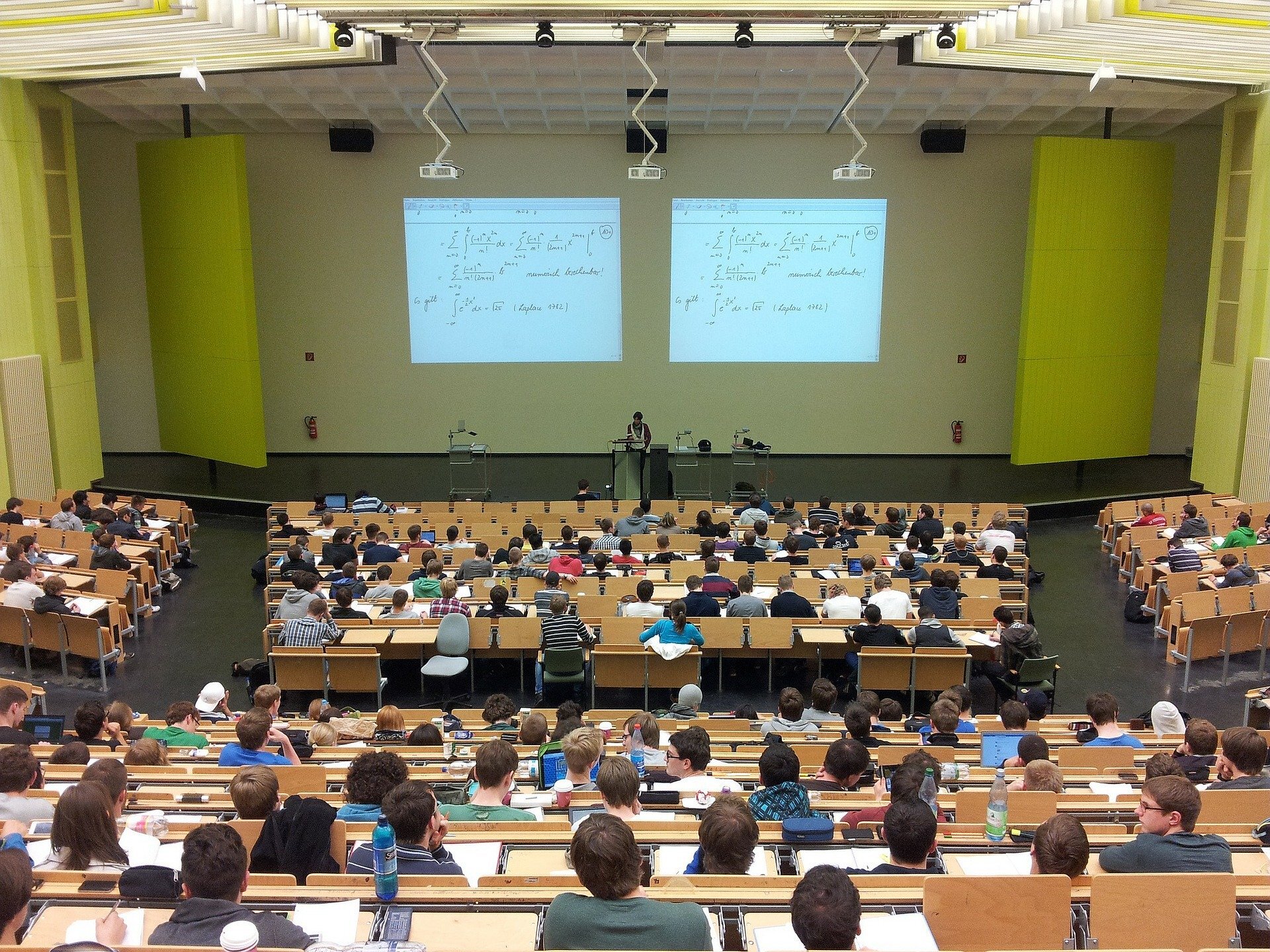- Alcaraz beats Sinner in tiebreak thriller for China Open tennis title
- As Netanyahu vows Iran payback, markets watch for dangers of further escalation
- Eli Lilly to build $4.5 billion research and manufacturing center to propel drug pipeline
- Recursion gets FDA approval to begin phase 1 trials of AI-discovered cancer treatment
- Red-hot refinance demand retreats after tiny bump higher in mortgage rates
What do you believe is the single most important factor driving up the cost of living in Nigeria?

Scientists decode brain mechanisms of stopping in Drosophila
Ever wish you could stop that fruit fly on your kitchen counter in its tracks? Scientists at Max Planck Florida Institute for Neuroscience have created flies that halt under red light. In doing so, they discovered the precise neural mechanisms involved in stopping.
Their findings, published in Nature, have implications far beyond controlling fly behavior. They demonstrate how the brain engages different neural mechanisms depending on environmental context.
The power of Drosophila to understand complex behaviors
Halting is a critical action essential for almost all animal behaviors. When foraging, an animal must stop when it detects food to eat; when dirty, it must stop to groom itself. The ability to stop, while seemingly simple, has not been well understood as it involves complex interactions with competing behaviors like walking.
Research from Max Planck Florida Institute for Neuroscience, led by Dr. Salil Bidaye, identified three neurons in flies that control stopping. When the scientists shined red light to activate these neurons (red circle), they caused the flies to stop forward walking, each in a different way. Bluebell—BB and Foxglove—FG neurons inhibited turning and forward walking, respectively, while Brake—BRK neurons overrode all walking commands and enhanced leg-joint resistance. Credit: Bidaye Lab, Max Planck Florida Institute for Neuroscience






- October 2, 2024
Want to solve a complex problem? Applied math can help


- October 2, 2024
Facing backlash, EU moves to delay deforestation rules
Subscribe to our mailing list to get the new updates!

Subscribe our newsletter to stay updated
Thank you for subscribing!






